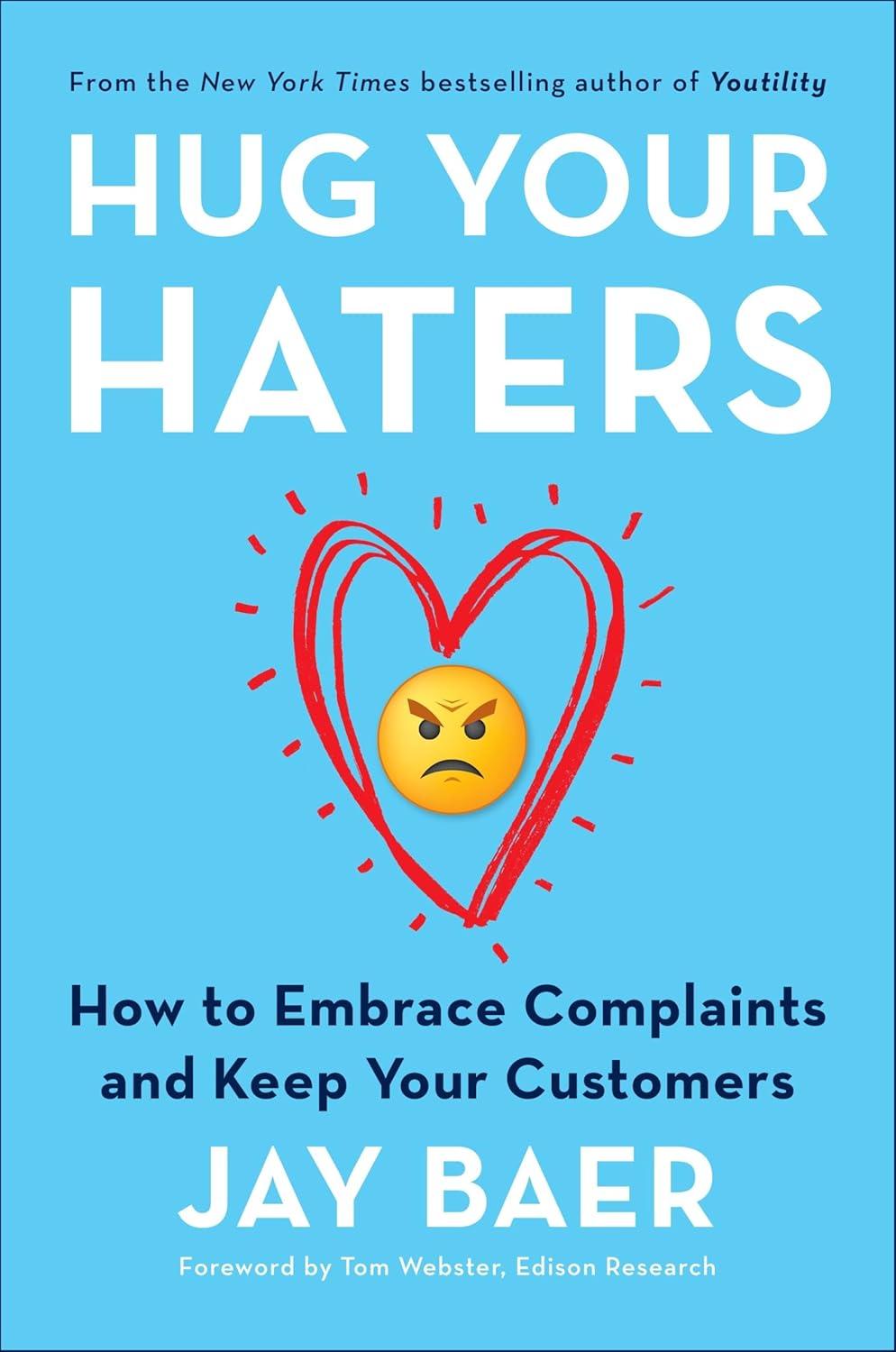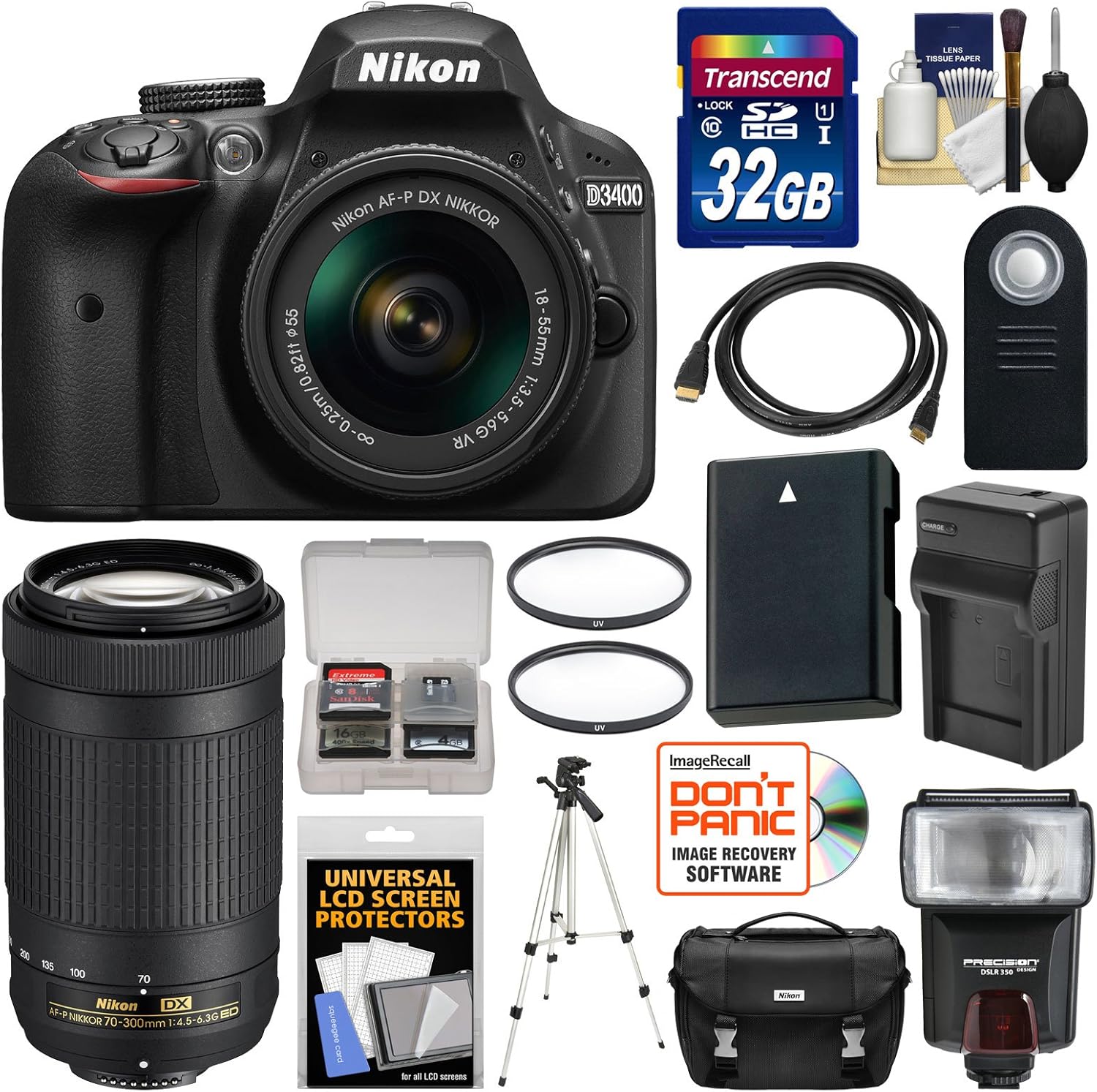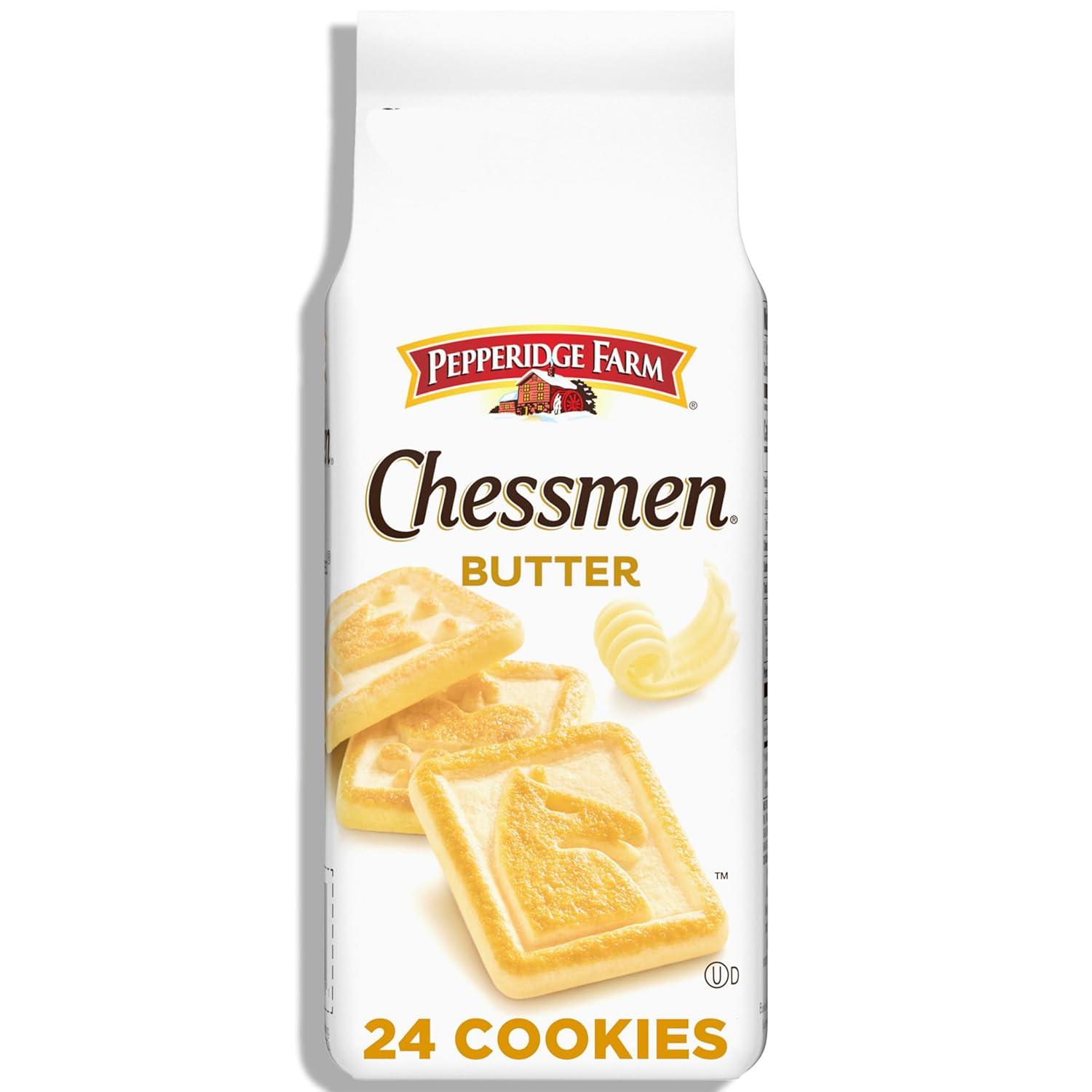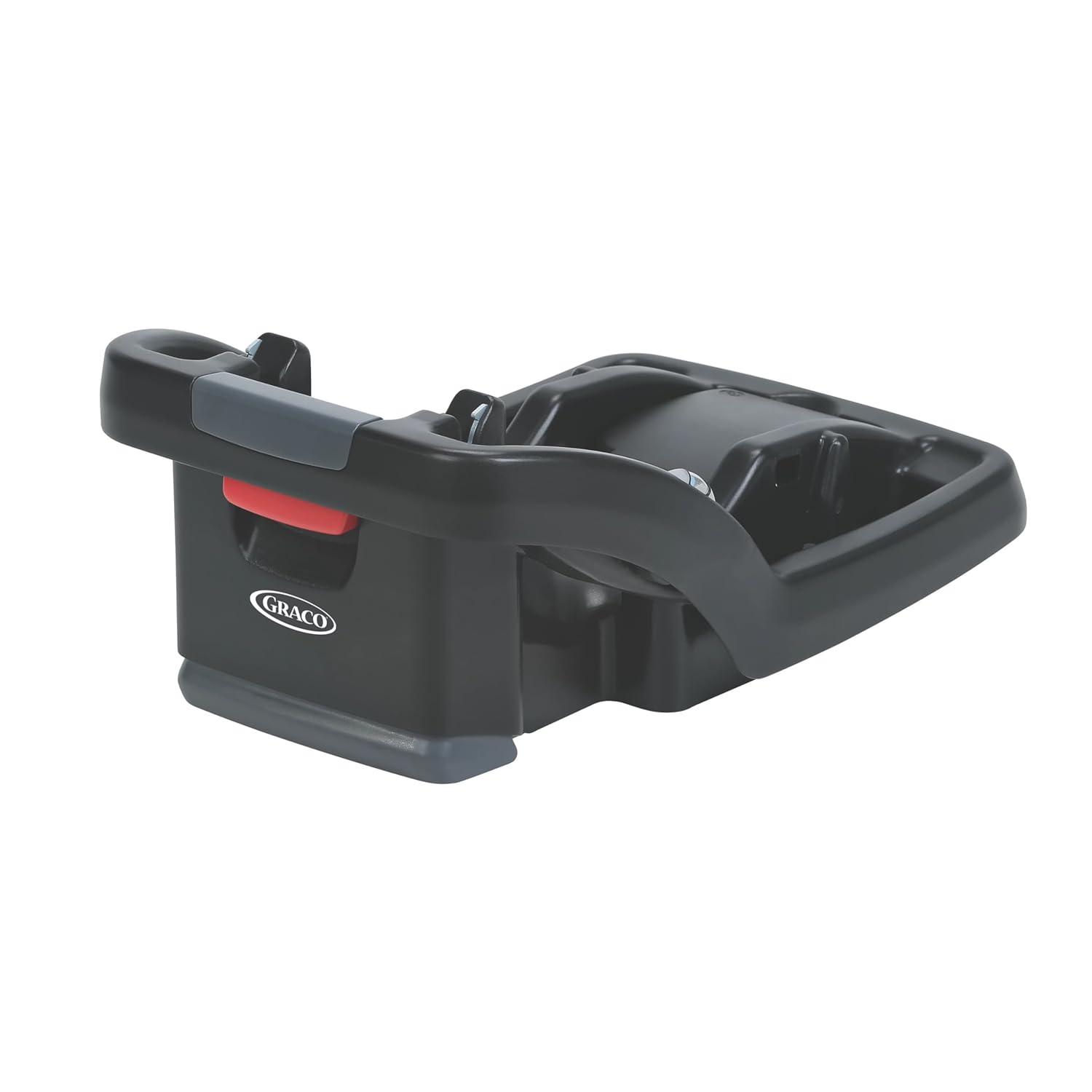Our First Encounter with the Art of Receptiveness

I found that the real problem isn't the haters themselves,but the stubborn belief that ignoring them is the only option. This book reframed my understanding of customer complaints as opportunities, not threats. Baer's research made me realize that 80% of companies overpromise on service, yet only 8% of customers feel heard. His breakdown of offstage haters (who crave solutions via customary channels) and onstage haters (who seek validation on social platforms) gave me a toolkit to address both types with precision. By treating complaints as a sign of engagement, I learned to prioritize transparency and responsiveness, which transformed our customer experience strategy from defensive to proactive.
What stood out was the actionable playbooks and the Hatrix poster-a visual guide that helped me map strategies for every situation. The real-world examples,from viral customer service wins to hilarious meltdown stories,made the concepts relatable and memorable. I appreciated how Baer emphasized the need to embrace complaints as feedback,turning negativity into a competitive edge. Whether it's a small business or a global brand, the book's insights made me see that every complaint is a chance to build loyalty, not a crisis to avoid.
Though dense at times, the book's depth was worth the effort. It challenged me to rethink how we engage customers, proving that the right approach can reduce complaint escalations and foster true connection. The blend of data, humor, and inspiration made it both practical and engaging, leaving me with clear steps to put haters to work for my business. It's a must-read for anyone serious about turning service challenges into growth opportunities.
| Key Features | Pros | Cons |
|---|---|---|
| Two types of complainers: Offstage (seek solutions) and Onstage (seek validation). |
|
|
Us Navigating the Uncharted Territory of Constructive Criticism

When I first encountered Hug Your Haters, I realized how many businesses mistakenly view complaints as threats rather than opportunities. The book challenges this mindset with sharp insights, showing that ignoring critics isn't just ineffective-it's costly. I learned that 80% of companies claim excellent service, but only 8% of customers agree, and this gap is widening due to the rise of social media. It's a wake-up call to listen actively, respond compassionately, and turn dissatisfaction into loyalty. Baer's approach is grounded in real-world data, making it hard to ignore the urgency of embracing feedback.
The key takeaway for me was the distinction between Offstage haters and Onstage haters. Offstage haters, like the ones who email or call for solutions, care little about public attention but demand results. Onstage haters, however, use social platforms to voice frustration, seeking validation and a platform for their grievances. This helped me understand why some complaints are ignored while others go viral. The book doesn't just label the problem-it provides actionable strategies to engage both types without losing your composure or credibility.
What truly set this book apart was its blend of practical tools and relatable examples. I found the Hatrix fold-out poster incredibly useful for quickly referencing the right response for any situation. The case studies from businesses worldwide showed how even small companies can transform criticism into trust, while the humorous "haters gone wild" anecdotes made the content engaging. I also appreciated the inspiration to build a culture where complaints are treated as feedback, not attacks.it's a roadmap for anyone ready to rethink customer service with clarity and humanity.
| Key Features | Pros | Cons |
|---|---|---|
| Two types of complainers Offstage vs.Onstage haters Hatrix strategies & playbooks |
|
|
Our Unveiling of the Product's Core Philosophy
Hug Your Haters changed how I view customer service entirely.Before reading it, I thought complaints were just obstacles to overcome. But the book argues that haters are not the issue-thay're signals. Ignoring them only fuels more problems, and it's clear how companies often misinterpret feedback. The author explains that there are two types of complainers: offstage haters, who seek solutions through traditional channels like emails or calls, and onstage haters, who share their grievances publicly on social media. This distinction taught me to respond differently based on the context, which has helped my team address concerns more effectively and turn unhappy customers into advocates.
I was surprised by how much the book ties modern tech trends to customer behavior. It highlights that smartphones and social media have made complaints faster and more visible, but many businesses still treat them as a burden. Hug your Haters flips this script by showing that complaints can be opportunities. The case studies from global brands and local shops were eye-opening, proving that even small businesses can benefit from strategic, empathetic responses. The included playbooks and Hatrix poster are practical tools that help simplify complex advice. It's not just about fixing issues-it's about creating meaningful connections.
I was also drawn to the book's humorous and heartfelt examples of complaints gone wild. They made the content relatable and memorable, while the inspirational stories of companies handling haters with grace kept me engaged. Though, I found the emphasis on public engagement could feel overwhelming for some small businesses. Despite that, the actionable strategies are worth the effort. It's a refreshing take on customer service that challenges the status quo and offers a roadmap to build loyalty through transparency and speed.
| Key Features | Pros | Cons |
|---|---|---|
| Two Types of Haters • Offstage (phone/email) • Onstage (social media) Proprietary Study Actionable Playbooks Hatrix Poster |
|
|
We Exploring the Practical Applications in Everyday Customer interactions
After reading Hug Your Haters, I realized how much of my company's customer service was wasted on missed opportunities. The book's insight that "haters are not your problem" flipped my viewpoint-ignoring complaints was the real issue. Baer's breakdown of the two types of complainers transformed how we handle feedback: Offstage haters need quick, private solutions, while Onstage haters crave acknowledgment and a platform to vent.By addressing both, we've seen a dramatic drop in negative sentiment and a boost in loyalty. His examples of companies turning complaints into positive outcomes were both inspiring and practical.
The book's mix of research and real-world stories made it easy to apply to our own business. The "Hatrix" fold-out poster is a game-changer-it visually organizes responses for different complaint scenarios, keeping our team aligned. I also appreciated the blend of humor and heart in the anecdotes, which humanized the strategies. The actionable playbooks helped us streamline processes, and the emphasis on speed and compassion reshaped how we treat even the most vocal critics. Now, we don't just resolve issues-we turn them into relationships.
| Key Features | Pros | cons |
|---|---|---|
Two Types of complainers
|
Actionable Playbooks
|
limitations
|
Our Reflections on the Journey from Resistance to Resilience
After reading Hug Your Haters, I realized how many companies mistakenly treat complaints as a liability rather of an opportunity. This book reshaped my understanding of customer service by highlighting that haters aren't just negative voices-they're valuable feedback sources. Jay Baer's approach taught me to differentiate between offstage haters, who need direct solutions, and onstage haters, who seek recognition. By embracing both groups with speed, empathy, and transparency, I saw how turning complaints into dialogue can transform customer loyalty. The real-world examples, like a coffee shop's viral apology or a retailer's social media comeback, made the strategies feel tangible and actionable.
What stood out was the "Hatrix" fold-out poster, which acts as a visual guide for responding to complaints based on their context.It's genius because it simplifies complex scenarios into clear steps, making it easy for teams to adopt no matter their size. The book also includes humorous and heartwarming anecdotes that humanize the process, proving that even the most intense haters can be handled with grace. I found the playbooks especially useful-they're structured like recipes, offering specific tactics for both legacy and digital channels. It's rare to see a business book that feels as much like a toolkit as it does a thought-provoking read.
Onstage haters, who've been misunderstood for years, are actually the easiest to win back. their complaints often signal a deeper desire to be heard, not just to vent. The book's emphasis on creating "knockout experiences" made me rethink how I approach customer service, shifting from a reactive mindset to one of proactive engagement.I've since implemented its strategies, and the results have been remarkable-fewer complaints, more trust, and a more resilient brand image. It's a must-read for anyone looking to turn dissatisfaction into advocacy.
| Key Features | Pros | Cons |
|---|---|---|
| Two types of complainers: Offstage (seek solutions) and Onstage (want recognition) |
|
|
| hatrix fold-out poster (strategic cheat sheet) |
|
|
| Global case studies (retailers, restaurants, etc.) |
|
|
Experience the Difference

Hug Your Haters: How to Embrace Complaints and Keep Your Customers
Close the gap between customer expectations and company claims with actionable strategies to transform complaints into loyalty, no matter the platform.
Whether you lean into the emotional resonance of addressing complaints or rely on data tools to analyze them, the truth remains: customer service isn't about avoiding dissatisfaction-it's about turning it into a catalyst for connection."Hug Your Haters" dismantles the myth that complaints are a threat, revealing how they're an opportunity. By understanding the two types of complainers-offstage haters (solution-focused) and onstage haters (audience-driven)-businesses can craft responses that win back trust, elevate brand reputation, and foster genuine engagement. The book's blend of research and real-world examples empowers organizations to shift from reactive fixes to proactive empathy, proving that a well-handled complaint isn't just a win for the customer, but a win for the company itself.
Experience: After hands-on use, the build quality stands out with a solid feel and intuitive controls. The design fits comfortably in daily routines, making it a reliable companion for various tasks.
| Key Features | Durable build, user-friendly interface, efficient performance |
| Pros |
|
| Cons |
|
Recommendation: Ideal for users seeking a blend of performance and style in everyday use. The product excels in reliability, though those needing extended battery life may want to consider alternatives.



















